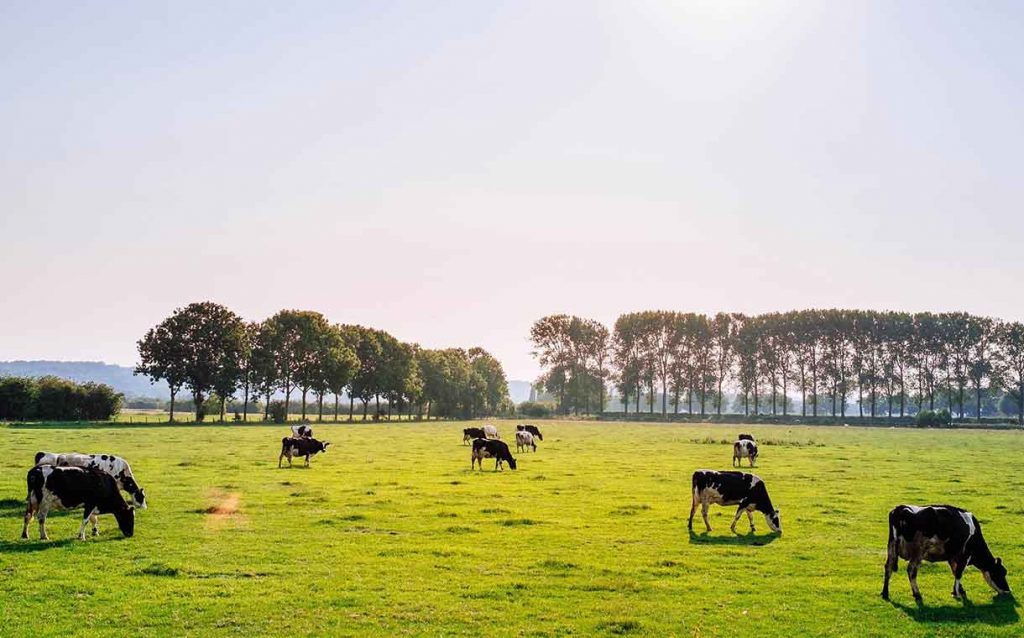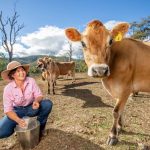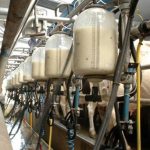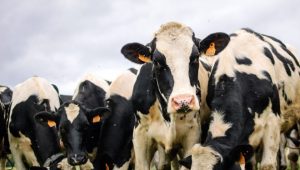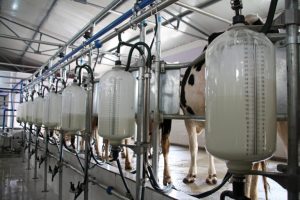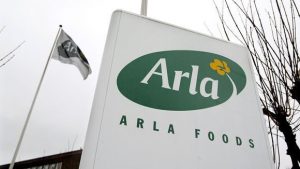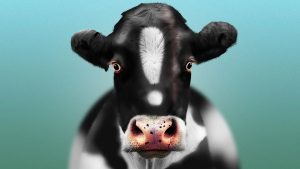
The dairy cooperative has created technology to predict how much milk 1.5 million cows will produce in the future. It said that this kind of forecast previously took days to create and arose manually from piles of Excel sheets. With the new tool, it only takes a few hours and is said to be 1.4% more accurate.
Each year, Arla collects around 13 billion kilograms of milk from its 10,300 farmer-owners across northern Europe. To transform as much as possible into more sustainable dairy products, the cooperative said it is keeping a close eye on emerging technologies that can make dairy production more efficient.
“The better we are at predicting what our milk intake will be, the better we can plan and optimise our entire value chain, which both improves profitability for our farmer-owners and drives sustainability,” said, Michael Bøgh Linde Vinther, Arla director of global milk planning.
“The new AI tool provides us with an insight into our supply of milk that we have never had before.”
By using AI technology, Arla said it is able to create the milk intake forecast from a much richer data foundation. It includes seasonal changes, the number of farmers converting to new milk types, the farmers’ geographical characteristics as well as how much milk they produce on a daily basis.
“We are now able to make important strategic decisions on a more informed basis,” Michael Bøgh Linde Vinther said. “The data has become more valid as it is now formalised in a bulletproof system rather than based on individual knowledge. It’s amazing to see how this new technology is able to optimise and improve a, up until now, very time-consuming task.”
The new milk intake forecasting tool is implemented in all Arla’s markets across Europe, including Denmark, Germany, Sweden, the UK, Belgium, Luxembourg and the Netherlands.
